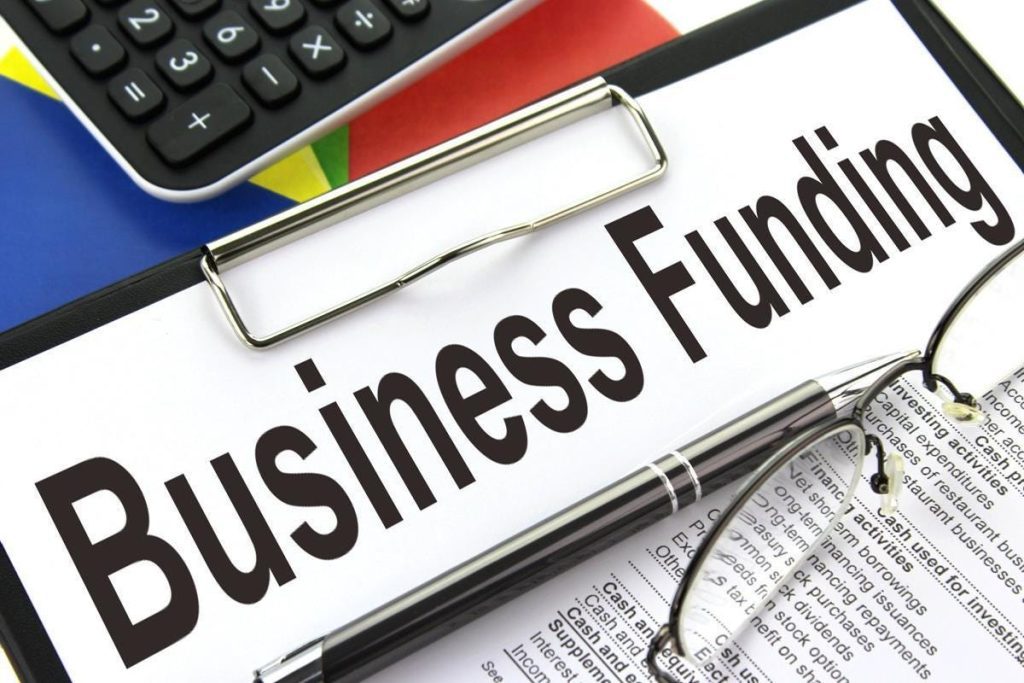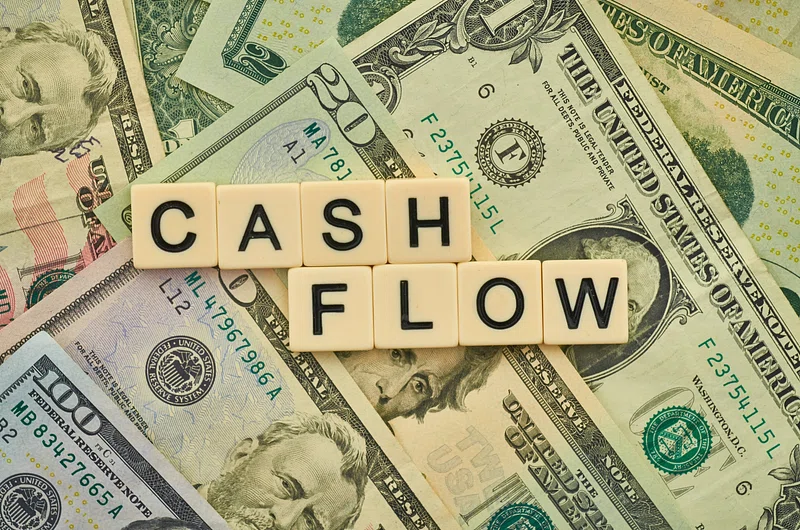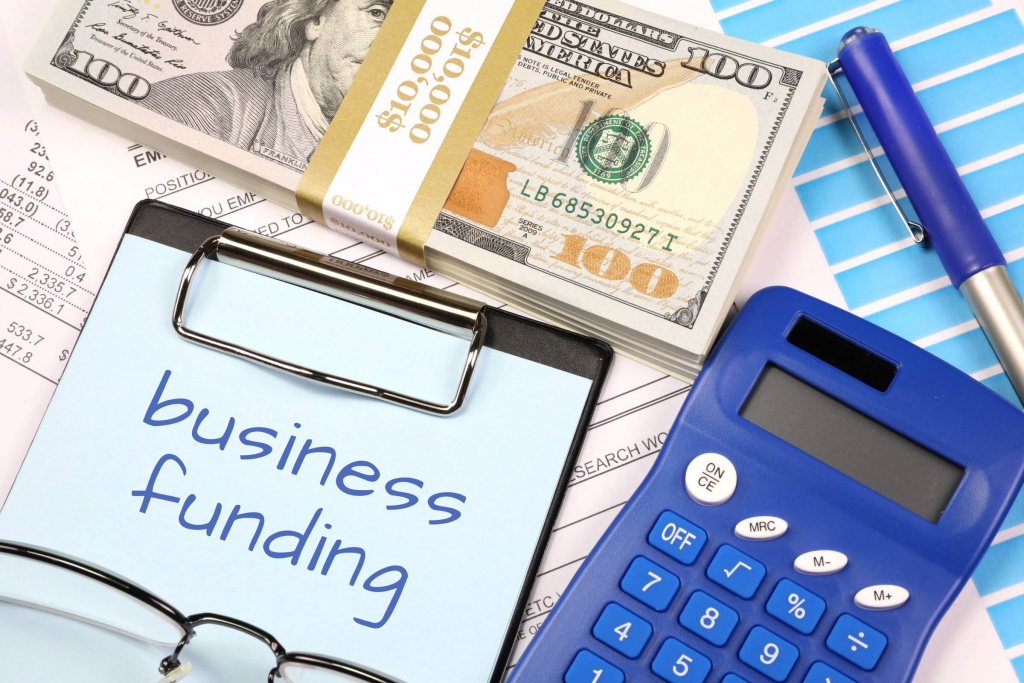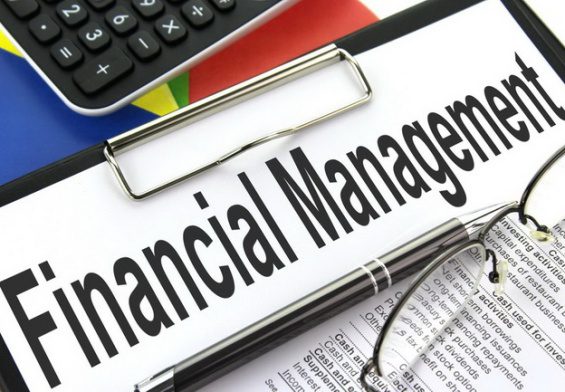
Table of Contents
Intro: How to Start a Business with No Money
How to Start a Business with No Money: Whether you have little to no money, or plan to go solo and bootstrap, it might seem very daunting to start a business. Nevertheless, with the appropriate strategies, it is quite possible to launch a business with no up front expenses. Here’s how to get started:

1. Start with a Solid Business Idea
Any successful business depends on a sound practical idea. If you’re starting with no money then the best business model you can pick is one with low overheads. Here are a few examples of low-cost business ideas:
Service-based businesses: Of course, consulting, tutoring, graphic design, digital marketing, or freelance writing generally only require computer and internet access.
Online businesses: There are plenty of opportunities to get started with e-commerce, dropshipping, blogging and affiliate marketing without a huge up front cost.
Digital products: So if you can create and sell online courses, eBooks, templates, or printables, you can be very profitable without much investment.
2. Use Free Resources for Planning
Any new business requires a well organized plan. Thankfully, there are many free resources available to help you create a solid foundation:
Business plan templates: Free business plan templates exist for those who want to outline their goals and target audience in the Small Business Administration (SBA) or SCORE.
Online courses and tutorials: Free or low cost courses are available on areas like marketing, financial management and business strategy at platforms like Coursera, YouTube and LinkedIn Learning.
Market research tools: There’s plenty of data you can get about your potential customers: Google Trends, Facebook Audience Insights, and social media platforms.

3. Bootstrap Your Business
Bootstrapping simply means running your business on a shoestring and sacrificing any profits as growth funding, rather than relying on outside funding. Here are some key bootstrapping strategies:
Use free or low-cost software: There are many free or affordably priced business tools. There are free versions of Google Workspace, Canva, and Trello that will get you managing, marketing, and producing.
Run operations from home: Do not rent office space if you have no financial stability. You can work from home or from one of the local libraries or co-working spaces to save for expenses.
Barter for services: Other entrepreneurs and offer to trade services. Say you’re a graphic designer and would use your skills to design a website in exchange for marketing services.
4. Leverage Social Media and Free Marketing
One of the most powerful ways starting a business with no money is to use social media to promote your brand without spending a dime on advertising. Here’s how you can use social media to your advantage:
Build a brand on platforms like Instagram, Facebook, or LinkedIn: Always write about topics relevant to current events in your industry and regularly share ideas on what’s new around you, and interact with readers.
Create shareable content: Content that attracts followers, helps them interact with content and talk about the company with their family and friends, in turn helps to increase their engagement. Shareable content on blog posts, tutorials, and infographics helps with adding value.
Network within your niche: There are groups to join on Facebook, LinkedIn, and Reddit communities specific to your industry. With that comes engaging with potential clients, as well as like-minded business owners and hopefully collaborations.

5. Offer Pre-sales or Crowdfunding
Crowdfunding or pre sales is a way to raise funds prior to launching your product or service. Using sites such as Kickstarter, Indiegogo, or GoFundMe, you can raise money from a larger audience, by letting them get early access, offering them unique rewards, or charging significantly less for the product.
How to Succeed with Your Crowdfunding Campaign.
Develop a strong pitch: Being very specific will help explain your idea clearly and show how they can make your idea provide value to others.
Set achievable funding goals: Don’t oversell in what will be an overly ambitious target—instead, focus on setting a smaller target that’s still going to be difficult, which will build momentum and credibility.
Use social proof: Get people to share testimonials or endorsements for your product or service if you have used it.
6. Partner with Others
In partnerships you can tap into resources, markets, or expertise that you might not have otherwise. Seek partners who are interested in partnering with you that give you a two way shot at share the benefits and share the costs.
Collaborate with complementary businesses: Say for instance, if you’re launching a skincare line, you can partner with an influencer or a fitness brand, and cross promote your products.
Seek industry mentors: Getting some of that required advice, resources and help through networking opportunities at no cost is something your mentors will offer you.
7. Minimize Expenses with Smart Budgeting
If you don’t have much, if not any money, then you must be resourceful with what you do have, which, starts, well starts with little to no money. Take great care in tracking every dollar to make sure you do not spend it upon the nonessentials. Here are some budgeting tips:
Focus on “must-have” expenses: Parsing out necessary and non essential spending. Focus on tools or supplies that directly relate to generating revenue.
Find low-cost supplies: Lower the expences with wholesale suppliers or seek used or discounted equipment.
Keep inventory minimal: For e-commerce businesses you can take dropshipping or print on demand services so you don’t have to carry large inventories.
8. Validate Your Business Idea
Validate your idea before going all in with your new business, making sure you’re in demand and showing actual interest. Here are some validation methods:
Launch a Minimum Viable Product (MVP): Learn from real customers with a simplified version of your product or service. This will help you to estimate interest without too big of an investment.
Conduct surveys or focus groups: To find finding out what you potential customers want and need, use free survey tools like Google Forms or SurveyMonkey.
Test demand with landing pages or social media ads: Make a very simple landing page – something along the lines of a clear value proposition and see if people are willing to go sign up or just click express interest.
9. Explore Small Business Grants and Contests
Some organizations offer grants or contests intended for startups, or for entrepreneurs that have limited funds. If these are done properly they can give you valuable capital without having to repay debt. Here’s how to find them:
Research government grants: Check out some programs like Small Business Innovation Research (SBIR), or other local initiatives for small businesses and entrepreneurs.
Participate in business plan competitions: Competitions are many of the universities, companies and nonprofit organizations that host the competitions to pitch entrepreneurs their ideas and seed funding.
Explore industry-specific grants: The grant or incentive is often given to the sectors such as technology or renewable energy for startups with innovative idea.
10. Start Generating Revenue Immediately
The sooner you can begin generating revenue, the quicker you’ll be able to fund your business and propel it to success. Here are some ways to start making money as quickly as possible:
Offer consulting or freelance services: If you have a skill in your business offer freelancing services to clients. You can use this to build cash flow while building a reputation.
Sell a digital product or course: There is no inventory and no shipping costs, and digital products – eBooks, templates or courses – are very easy to produce and to sell.
Run special promotions or discounts: An early discount can bring you many fresh customers quickly and it gives you an opportunity to gain momentum for your business.
11. Reinvest Profits Wisely
If you can start generating revenue, start to strategically reinvest profits to grow your business. The use of these funds can be for investing in the product quality or marketing products, or to invest in tools that should improve the efficiency. Reinvesting is the key, but in a way which will offer the most yield of investment.
What to Consider for Reinvestment:
Marketing: Put money aside to advertise and go viral with your business.
Product development: Collect customer feedback to increase customer satisfaction and retention by improving your products or services.
Efficiency tools: Get the affordable software or automation tools that help you streamline operations so you can focus on growth like any good SaaS founder.
Conclusion
Getting to start a business with no money takes creativity, resourcefulness and a lot of determination. Use these steps to get your business up and running and set a path for future growth. In fact, becoming a successful entrepreneur might begin with what you can get out of minimal resources and strategically reinvest profits.
With little or no budget, you can still make your business idea a reality through low cost business models, making use of free resources, networking and bootstrapping. The reason is that you have to take small steps everyday, no matter at what, and use everything that you have in order to get to the finish line fast.
FAQs on How to Start a Business with No Money:
1. Is it possible to start a business with no money?
Yes, it’s possible to start a business with little to no money by choosing low-cost business models, bootstrapping, and leveraging free resources like social media for marketing.
2. What are the best business ideas for starting with no money?
Some low-cost business ideas include freelancing, consulting, tutoring, dropshipping, affiliate marketing, and selling digital products like eBooks or online courses.
3. How can I find a business idea that doesn’t require money?
Look for skills or expertise you already have that can be monetized with minimal resources. Service-based businesses, online sales, and digital products are ideal for starting with little capital.
4. What is bootstrapping, and how can it help my business?
Bootstrapping is funding your business by reinvesting profits instead of taking loans or outside investment. It helps you grow gradually without taking on debt.
5. How can I create a business plan without paying for professional help?
There are free templates available on sites like SCORE or the Small Business Administration (SBA). These resources guide you through creating a basic plan.
6. Are there any grants or funding options for new businesses with no money?
Yes, government grants, local nonprofit programs, and business plan competitions may offer seed money for startups with innovative ideas.
7. What are some ways to validate my business idea without spending money?
You can validate an idea by conducting surveys, creating a free landing page, or using social media to gauge interest and collect feedback.
8. How can I market my business for free?
Use social media platforms like Instagram, Facebook, and LinkedIn to reach potential customers. Blogging, SEO, and participating in online communities are also effective.
9. What are some free tools for managing a business?
Google Workspace, Canva, Trello, and Zoom offer free versions that can help with productivity, design, project management, and communication.
10. How can I network and find clients for free?
Join online forums, Facebook groups, and LinkedIn to connect with potential clients and collaborators. Attend free networking events or virtual meetups in your industry.
11. What is a minimum viable product (MVP), and why is it important?
An MVP is a basic version of your product that allows you to test your idea with minimal resources, gather feedback, and make improvements.
12. How do I fund a business with no savings or credit?
Focus on generating revenue as quickly as possible through pre-sales, freelancing, or crowdfunding. Partnering with others or bartering services can also help.
13. How can I use social media to grow my business for free?
Share valuable content, engage with followers, use hashtags, and network with other businesses. Consistent posting helps build an audience and generate leads.
14. What is crowdfunding, and how can it help my business?
Crowdfunding allows you to raise funds by pitching your idea to a broad audience on platforms like Kickstarter. Supporters contribute money to help you launch.
15. Are there ways to start a product-based business without inventory?
Yes, consider dropshipping or print-on-demand models, which allow you to sell products without holding inventory. Items are shipped directly to customers by suppliers.
16. How do I price my products or services when starting with no money?
Research competitors to understand market prices. Set a fair price that covers costs, considers your time, and leaves room for profit.
17. Can I work from home to save money on business expenses?
Absolutely. Running your business from home eliminates the need for office space and keeps overhead costs low.
18. What is bartering, and how can it help me start a business with no money?
Bartering is exchanging services or goods with another person instead of using cash. For instance, if you’re a graphic designer, you could design a website in exchange for marketing help.
19. What is affiliate marketing, and can it help me start a business?
Affiliate marketing involves promoting other companies’ products and earning a commission on sales through your referral links. It requires no upfront cost and can be profitable.
20. How can I find free educational resources to learn about business?
Online platforms like Coursera, YouTube, and LinkedIn Learning offer free courses on entrepreneurship, marketing, and other business essentials.
21. How can I reduce my business expenses when starting?
Stick to essential expenses, use free tools, network for potential service trades, and avoid office rentals. Save on supplies by purchasing second-hand or wholesale when possible.
22. What is the best way to generate revenue quickly?
Offer freelancing or consulting services in your field to start making money quickly. This income can then fund the growth of your main business.
23. How can I handle legal requirements with no money?
Check free resources online, like your local SBA or government website, for legal templates and basic guidance. Some legal documents and requirements can be done independently.
24. Is it possible to start a business part-time with no money?
Yes, starting part-time allows you to work a regular job while developing your business, minimizing financial risk.
25. How can I establish an online presence without spending money?
Create free social media profiles, build a simple website on platforms like Wix or WordPress, and consider starting a blog to showcase expertise.
26. Are there any free ways to get publicity for my business?
Reach out to bloggers, influencers, and media outlets with a compelling story. Participating in industry podcasts and writing guest blog posts can also build visibility.
27. How do I reinvest profits to grow my business?
Reinvest in areas that directly impact growth, such as marketing, product improvements, or efficiency tools that enhance productivity.
28. How can I get help or advice for my new business?
Look for mentors in your network or join programs like SCORE, where experienced entrepreneurs volunteer to help new business owners.
29. What is the best way to handle finances when starting with no money?
Keep personal and business expenses separate. Track every dollar using free tools like Wave or QuickBooks Self-Employed to stay organized.
30. How long does it take to start a business with no money?
The timeline varies based on the business type, effort, and resources. Many entrepreneurs can launch within a few months, especially when starting with a service-based model.
Also visit:-



